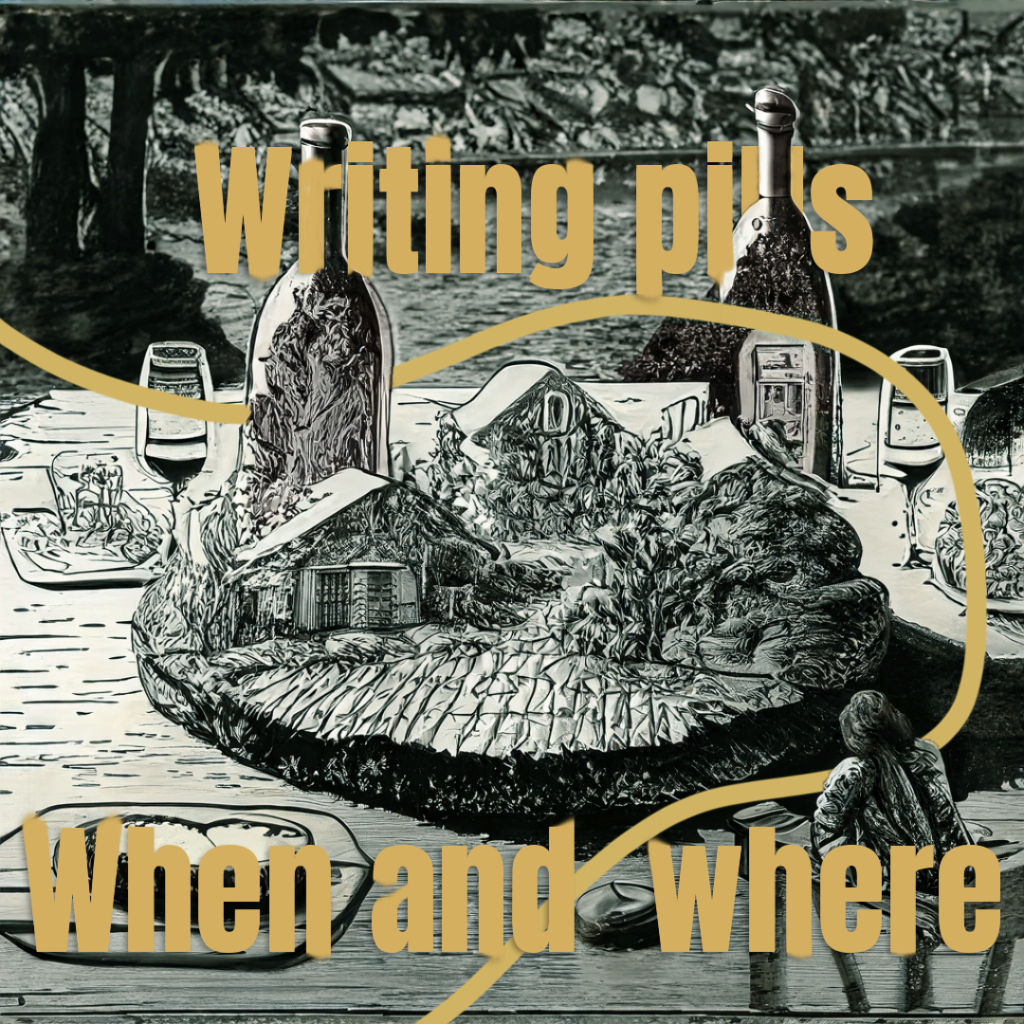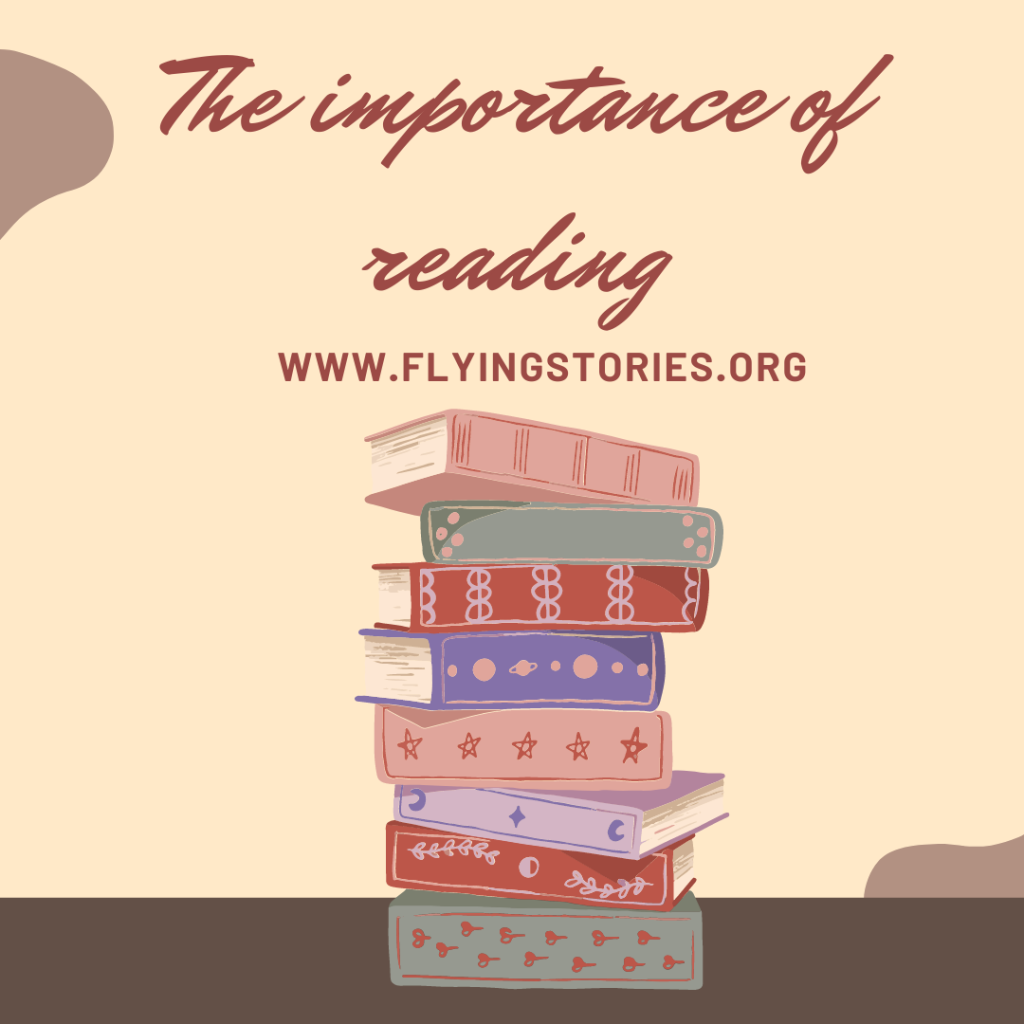Where and when, or settings 2
Where and when?
Let’s discover the 5 Ws first
Now, suppose you studied journalism as I did, where and when would have a different meaning to you. In that case, it’ll come naturally to you to think about where and when, or what is happening in a story even before your fingertips touch the keyboard. That’s how important it is to prepare your text in advance to make it cohesive and coherent.
But what is more important? Is it possible to make a hierarchy between the where and when, and how? No, the short answer. But you’re not here for quick answers, right? Well, grammar has taught us for a long time that we need to have a Subject followed by a Verb in languages such as English. And that’s it, for many grammars. That’s a clause. “I am,” for instance, is a clause. To be honest, “Go!” is also a clause, but that’s no space for Ws there, no when or where.

So, do we need the where and when we write a story?
We need all of the Ws? Short answer? Yes. Long answer? Here we go again.
Everything in a story is interconnected, so all the Ws are important. Take the hierarchy between settings, characters and plot. Someone could say that if you have a well-settled story, you must focus on the character and, therefore, have a fantastic plot. Someone else could say that you’re giving too much importance to the settings, on the where and when, and then the who and the what get second and third place.
As environmental psychology taught us, no one is the fruit of their surroundings. Actually, it’s all more complicated than that. We can find a compromise, for instance, in the following model:
Settings plus characters equal to a plot.
This formula fits better with the story creation. We have a where and when, a who and a why, and the what and how come step by step. Sometimes, having a clear picture of our characters and settings in mind, the plot comes really fast.
The one that follows is coming from one of my most recent favorite books:
He drives a Saab. He’s the kind of man who points at people he doesn’t like the look of, as if they were burglars and his forefinger a policeman’s torch. He stands at the counter of a shop where owners of Japanese cars come to purchase white cables.
A man called Ove, by Fredrik Backman
I find it amazing. In a few lines, you have an example of a perfect mix of characterization and environment description. Where and when are pretty straightforward; we are in a Western part of the world, Ove is probably a middle- age man that doesn’t like the world changing around him. Yet, anchored as he is in the past, he’s somehow forced to exit his comfort zone and enter one of those shops where “owners of Japanese cars” are buying some electronic device. This is the very beginning of the book, and the story answers all the questions that arise from these two simple sentences. Cool, uh?
Another of my favorite books is The Shadow of the Wind, by Julian Carax, ehm… sorry, by Carlos Ruiz Zafon. The environment, the When and the Where are so strong that you have the sensation sometimes the writer is describing a character. A main character, to be precise.
I still remember the day my father took me to the Cemetery of Forgotten Books for the first time. It was the early summer of 1945, and we walked through the streets of a Barcelona trapped beneath ashen skies as dawn poured over Rambla de Santa Monica in a wreath of liquid copper.
“Daniel, you mustn’t tell anyone what you’re about to see today,” my father warned. “Not even your friend Tomas. No one.”
“Not even mommy?”
My father sighed, hiding behind the sad smile that followed him like a shadow all through his life.
We know there’s is a first-person narrative, that we’re speaking about a past world, a bit mysterious. The main character doesn’t have a mom and is very young. The whole story is centered in this very first scene. A book discovered by chance between millions of others will change the course of events.
So, is the environment where and when your story takes place essential to develop characters and plot? After what you’ve read, it’s easier for you to find a suitable answer.
If you want to have a look to my style, start reading my stories here and I look forward to receive some of your best comments down the page.
If you’re interested in reading more about writing, find more in the page writing in pills!
Why is so important to read?

Reading is crucial because it improves the way you focus, your memory and your communication skills. Here at Flyingstories, we like to write free stories that can entertain you and help you learn Italian or English. You can change the website’s language any time you want, just by clicking on the flag. In this way, you can read stories for free in Italian and English.
Do you think you’re not ready for a long story like Go back to the future or Souls Alive? Please feel free to read our short stories in Italian and English!
This article is written by the storyteller and copywriter Daniele Frau.